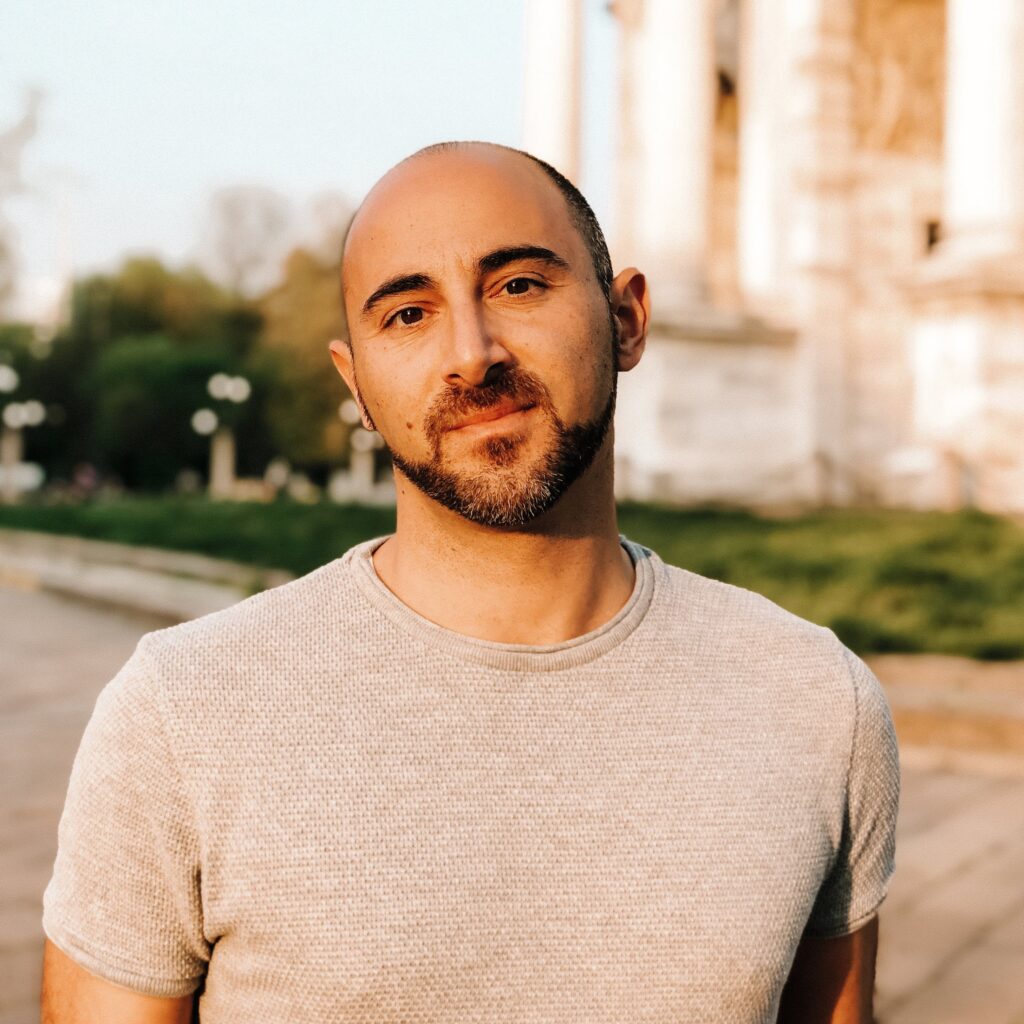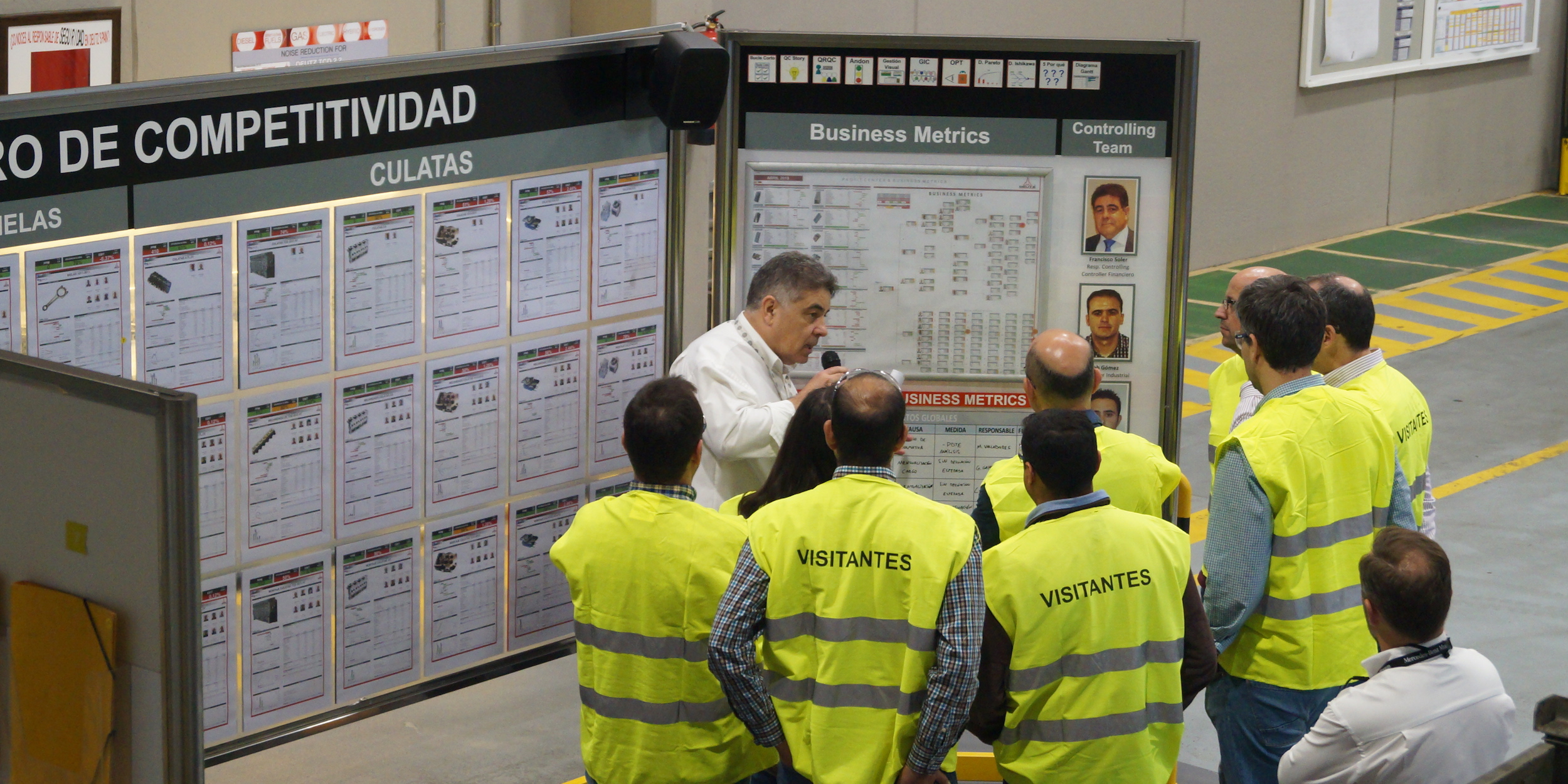
A smooth sea never made a skilled sailor

CALL TO ARMS – The current economic situation is presenting great challenges to organizations around the world, but in difficult times lean gives its best. Provided we all do our part, with conviction and determination.
Words: Roberto Priolo, Managing Editor, Planet Lean
On August 7th, 1947, a raft smashed against the coral reef off a deserted islet in the Tuamotus, in the South Pacific. This was the somewhat turbulent end to an epic journey that brought Norwegian ethnologist and explorer Thor Heyerdahl to Polynesia. Heyerdahl and his crew had left Callao, in Peru, 101 days earlier, to prove a controversial theory.
Heyerdahl believed that Polynesia had been settled by people from South America – rather than from Asia, as most scientists maintain. His theory was consistently ridiculed. It was based on evidence Heyerdahl had gathered over many years of studying and research, like the resemblance of statues on Easter Island and other islands in the region with those in pre-Columbian Peru and the fact that species of plants and vegetables native to South America, like the sweet potato, were common across the Pacific. There were also the fascinating accounts of locals, who claimed that their ancestors, led by king Kon-Tiki, had fled war in the land to the east, where the sun rises, and reached their new home.

Determined to prove that oceans were roads, not barriers, and that the balsa rafts of ancient South Americans could cross the Pacific by simply following the Humboldt Current, pushed by easterly winds, Heyerdahl took matters in his own hands. He went through great trouble to organize the “Kon-Tiki expedition”, find the necessary funding, and build a raft exactly like those ancient South Americans used. The journey itself wasn’t a walk in the park, either. Yet, through it all Heyerdahl remained hopeful and relentless in his pursuit. The day he reached the Tuamotus, he gave us a lesson in resolve, proving there was something to a theory that was being widely dismissed.
Despite the expedition’s success, however, Heyerdahl’s theory was discredited time and time again. Until 2020, when a new DNA study found evidence of an early contact between Native Americans and Polynesian populations long before the arrival of the Europeans. According to the study, the first point of contact might have been in 1150, on the island of Fatu-Hiva in the South Marquesas (where, incidentally, Heyerdahl lived for 15 months and where he first developed his theory). This means Heyerdahl was at least partly right and reminds us that established knowledge is there to be challenged.
What does this have to do with Lean Thinking, you might wonder. Well, what was Heyerdahl’s journey if not a brave experiment to test an assumption? As lean thinkers, we understand the importance of experimentation and should naturally find this story of inspiration. As a movement, we have something else in common with Heyerdahl. To prove his theory, he had to fight the established knowledge and the preconceptions of the scientific community. Does this ring a bell?
Despite its success in countless organizations around the globe over the past few decades, Lean Thinking still struggles to take root in the management world. Why? First of all, because despite our many attempts to challenge it, modern management is a “hardy perennial” (as Jim Womack recently called it) that is taught by default in business schools. Secondly, because a lean transformation requires a lot of work and a complete shift in culture – something not everyone is willing to try. Furthermore, as a socio-technical system, Lean Thinking is a perfect blend of scientific rigor and people-centrism, and it is perhaps the human component of it – which is hard to measure and requires us to take into account people’s emotions – that has made academics reluctant to embrace it wholeheartedly.
Much like Heyerdahl, Lean Thinking takes the road less travelled, looking at the world from a different perspective. But this doesn’t mean that it is any less valid as a theory. In fact, evidence shows that lean organizations are more resilient and adaptable than non-lean organizations, that embracing lean results in greatly improved outcomes for everyone involved. What to do then? How can we give lean a boost and help it spread even further? By embracing it ourselves, getting our hands dirty to prove it works, and sharing our learnings with others.
In many ways, when we embark on a lean journey, we do so to prove a theory – that a better way of doing things exists. Every lean transformation has its roots in that fundamental assumption. And every result we achieve, no matter how small, contributes to the already vast body of knowledge that exists on Lean Thinking and strengthens its standing. All our efforts combined help us to demonstrate that lean works, that it is alive and kicking, and that it is the only alternative to traditional management, a profit-first mentality, and financial capitalism. They also inspire others to join our ranks.

As mentioned, lean is not easy – no journey is free of obstacles – but perseverance is a powerful thing. During his oceanic expedition, Heyerdahl had to deal with sharks and storms, low morale, and a fear of failure, just like any lean organization will have to fight resistance to change, setbacks and ever-greater challenges presented to them by the external world. It is only by persevering, by getting over fear and doubt, that we can reach our destination. The good news is that lean provides us a path to get there, through the strength of the theory itself (in Heyerdahl’s case, it was his undying belief in the evidence he had gathered) and through a codified system of principles and behaviors that, if followed, will naturally “push” us towards our goal (in this sense, lean can act as our very own Humboldt Current).
Clouds our gathering on the world, with unprecedented challenges that threaten businesses large and small. Soaring costs, supply chain disruptions, the energy and climate crises, pandemics and even war… a new reality is coming into focus, and it ain’t pretty. We are navigating in rough seas, but it is in these situations that Lean Thinking gives its best, allowing us to weather the storm and even turn a crisis into an opportunity for learning and development. So, what better time than now to prove our lean theory?
If you allow me, I’ll rely on the navigation metaphor to make one last point. On board the Kon-Tiki, Heyerdahl had someone in charge of rations, someone in charge of navigation, someone recording information on the journey, and someone responsible for radio operations. The same happens in an organization: everyone has a role to play in getting their vessel and fellow crew members to a safe harbor. As the adage goes, “a smooth sea never made a skilled sailor”. It is through hardship that we achieve success, if we can learn from it. Lean gives us a system to turn problems into learning: it is by overcoming daily problems and understanding the work in ever greater depth that we enable a cycle of continuous improvement to propel the organization forward.
Let us all embrace the spirit of Thor Heyerdahl. Let’s believe in the power of lean, let’s get to work to prove that it works, let’s share our experience with others, and – more importantly – let’s enjoy the journey.

THE AUTHOR

Read more


CASE STUDY – What to do when you operate in a competitive market and are located in a remote corner of Europe, thousands of miles from your customer? One word: lean.


INTERVIEW – The British Broadcasting Company (BBC) has been working with a lean-inspired improvement program that is gradually transforming the culture of the business – one creative idea at a time.


FEATURE – This interesting article asks what it means to ask to right questions and explains why the way to success is learning about problems, not wondering whether solutions are wrong or right.


FEATURE – We assume that what holds our transformations back is the lack of high-price resources, but more often than not it is the simplest of items.

